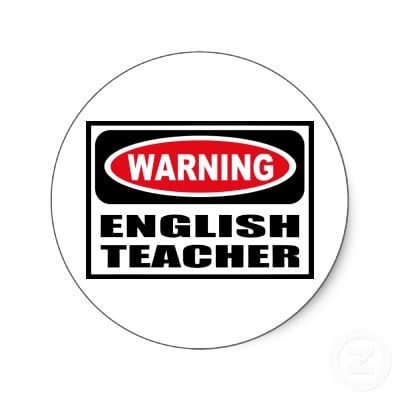Ramcatt wrote:
troutpoop wrote:
...
Some of these products are marketed towards knots. Am I correct assuming these products have been adapted by creative tyers for flies. Then there are products marketed towards tying exclusively?
It seems from reviewing all the products that CCG has a wider selection of products, more correctly viscosities to assist with different applications. The CCG has a very nice and complete website showing how to apply and dry the products.
rio and loon had the "UV knot"/ "UV wader repair" products and then jumped to the emerging UV tying applications/tiers started using the products for flies
then there are products that are designed for tying applications... with a range of products for specific applications....
if its a matter of price... there are the cheaper options
but the CCG is far superior when used correctly
like i said... been using the CCG for a good bit of time... and I don't think there is a better product or a company with better customer service ... i just felt the need to point out that the "tier" who was testing was using the product wrong/ using the wrong product for the application and was generally spreading bad info





